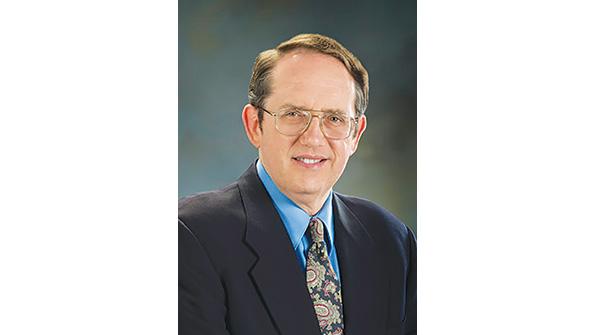
Founder, President & CEO, Flight School Association of North America (FSANA), Allentown, Pennsylvania (www.fsana.com)
A lifelong Pennsylvanian, Rockmaker’s aviation adventure began early and classically — learning to fly out of a small grass strip, now a shopping center, near Allentown. He soloed at 16, got his private at 17 and went on to earn a commercial license along with instrument and multiengine ratings and even glider and seaplane tickets. He spent a decade as assistant manager at today’s Lehigh Valley International Airport, and then some years managing an FBO in Philadelphia. Earning a bachelor’s degree in air commerce from the Florida Institute of Technology, he spent a quarter century heading the Aviation Council of Pennsylvania. During his tenure, the council helped eliminate the state sales tax on fixed-wing aircraft and the use tax on parts and repairs. Then, seeing a void, in 2009 he founded FSANA.
Why FSANA? Aren’t there enough aviation advocacies?
Rockmaker: There was no association dedicated to flight schools, which arguably are among aviation’s most important institutions if the industry intends to continue. At the turn of the century there were some 2,400 pilot training operations in the U.S., but after the 9/11 attacks and the Great Recession, the count was down to 1,600, a 33% decline. And we estimate the COVID-19 pandemic will claim another 50-75. Despite that, new schools are being created.
Can you point to any successes?
Rockmaker: Three years ago, there were 1,400 FAA-designated pilot examiners; now there are 850. Obviously, they play a critical role in advancing pilots. In the past, they were pretty much restricted geographically by their FSDO. But FSANA led a working group with representatives from the FAA and other aviation associations that convinced the FAA to let examiners travel and conduct check rides anywhere. That was a big help. Also, examiners were limited to two flight checks a day. But if the candidate made some small error doing one element such as turns around a point, chandelles, power-on stalls, that sort of thing, the test candidate and the examiner could review it on the ground and go up and do it again, correctly. Yet that counted as one of the day’s two check flights even though the examiner could easily do another. We got that policy changed. And now we’re participating in an 18-24-month-long aviation rulemaking committee to make recommendations regarding the examining community. Unfortunately, many examiners are of an age that makes them vulnerable to the coronavirus, and so a good number are reluctant to venture out and that is impacting flight testing all over. I so look forward to this virus being contained.
Considering the awful state of the airlines, is there still interest in flying professionally?
Rockmaker: Absolutely. If you’re starting from scratch and your goal is to be a professional pilot in the airlines, business aviation, EMS or whatever — we call it going from zero to hero — it’s going to take years before you have enough experience to get into the right seat of a turbine aircraft. By then the air carriers will be growing again and there will have been a lot of retirements and so lots of opportunity across the industry. So quite a number of schools are extremely busy training. A good thing, too. There were 800,000 licensed pilots in the late 1970s; and at this year’s start, that number was down to 665,000, of which nearly a third were students. The industry needs them all.
What’s it cost to earn a private today?
Rockmaker: It varies quite a bit, depending upon lots of factors. But figure between $7,000 and $11,000. Learning to fly has never been inexpensive, but the certificate is for life.
Any movement to rein in those costs?
Rockmaker: The Cessna 172 is used by a lot of schools for basic training and for good reason: It’s a great all-around airplane — safe, reliable and forgiving. But a new one costs $350,000-400,000 and that makes it very difficult to keep prices down. In many respects, it’s hard to justify placing an ab-initio student in such a machine only to knock it around hard at times. And keeping older airplanes flying in a training environment is very expensive in terms of maintenance and parts. As for Piper’s equivalent, it’s up around $250,000-270,000 new. And so, the training industry is in dire need of a simpler, less-expensive aircraft to keep rates from getting further out of hand.





